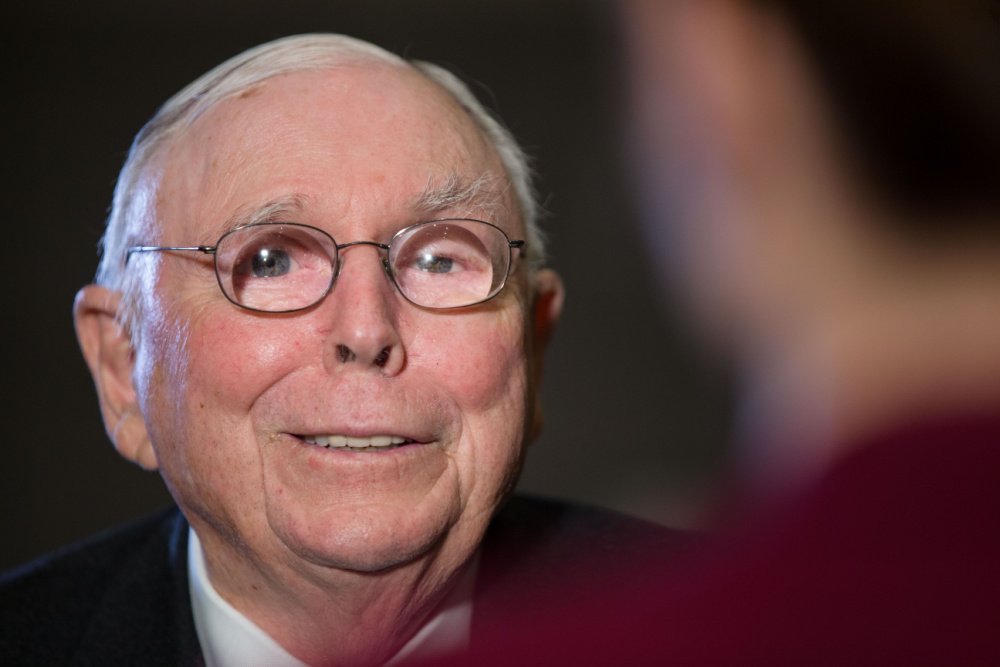
The Rockefeller Philanthropy Advisors (RPA) and the TIAA Institute recently released a new study titled “Philanthropy in Higher Education: Priorities and Approaches of Private Foundations.” Participants included members of Grantmakers for Education and 76 foundations, and ranged from U.S. $1 million to well over $1 billion in assets. The study’s authors also interviewed 10 foundations from across the U.S. that give directly to colleges and universities.
The report cited five key areas of funding for post-secondary education in order of priority: student access and success (92 percent); policy, advocacy and system reform (52 percent); educational activities (32 percent); campus infrastructure (15 percent); and institutional stability (10 percent).
I’d like to call attention to two big caveats: First, as you’d suspect, foundation support isn’t distributed equally. Larger foundations, for example, are more likely than smaller funders to support what the authors call “policy and systemic change.” And second, the RPA/TIAA study focused solely on foundation giving, intentionally omitting the massive role of alumni giving across higher ed.
Just how massive? The Council for Advancement and Support Education (CASE) found that colleges and universities in the U.S. raised $46.73 billion during the 2018 academic fiscal year. Roughly $12 billion came from alumni, versus $14 billion from foundations. Furthermore, “much of the growth in alumni giving,” the CASE report concluded, “has been in the form of capital-purpose gifts.” In contrast, many RPA/TIAA report respondents say that “they see decreasing support for capital projects.”
A more thorough read of the RPA/TIAA study will reveal other intriguing data points, like the fact that, according to respondents, the No. 1 characteristic when deciding where to support a postsecondary institution is “strength of leadership.” In the meantime, however, here’s a quick recap of the funders’ top three priority areas.
First and foremost, at 92 percent, more respondents cited “student access and support” as a key priority than “policy, advocacy and systems reform” and “pedagogy/education activities” combined. The report defines “student access and success” as supporting “low-income students and students of color to begin and complete a postsecondary degree.” Many of these students, the authors write, “are the first generation of their families to attend college.” This priority area, which the study calls “the dominant trend in private philanthropy,” is consistent across local, regional and national funders of all sizes. (Alumni donors have strongly embraced this issue, as well.)
Within this focus area, the top priority for funders, at 78 percent, was “transitions from high school to college,” and from two-year to four-year postsecondary institutions. Additional priorities within the “student access and success” category include “career readiness and employment” (75 percent), “student support services” (65 percent), “affordability and student financial aid” (53 percent), and “social and emotional learning” (38 percent).
I’d like to highlight three interesting findings within the wildly popular “student access and success” priority area.
First, “despite continued interest in scholarships, our interviews reveal that some foundations are moving away from this strategy in order to pursue more cost-effective approaches to supporting affordability and student access, such as alternative pathways to credentials that require fewer overall credits.”
Second, “community colleges,” the authors write, “are of particular interest to funders who seek to support pathways to credentials that can lead to financially stable careers.” That’s the good news. The bad news? While foundation funding to community colleges grew from $98 million in 2005 to $130 million in 2012, that latter figure—even if it’s seven years old—is peanuts compared to the billions flowing to affluent universities that, according to a 2017 New York Times study, do a comparatively inferior job at boosting economic mobility for poor students.
The authors noted a more recent finding from the Voluntary Support of Education’s 2017-2018 survey, which found that only 1.5 percent of the $43.6 billion raised by colleges and universities in 2017 went to two-year institutions. This figure encompasses all types of donors.
While it’s no big surprise that community colleges attract so little money from individual donors—since relatively few of their alumni end up wealthy—there’s no good reason that foundations offer such scant support to schools that are empirically shown to be engines of upward mobility. That lack of funding is all the more striking given the stated priorities of institutional grantmakers, as revealed in this RPA/TIAA study. Quite possibly, though, funding data collected in a few years will show a lot of new support flowing to community colleges, as foundation portfolios are aligned with the recent surge of interest in equity and access.
Third, “some foundations providing scholarship dollars expressed frustration at colleges and universities that practice displacement.” Displacement is the practice whereby a school replaces its own institution grants and scholarships with a foundation’s grants and scholarships. The tactic, the authors write, “reduces the impact of the scholarship dollars on the students’ overall financial aid package.” Subsequently, “foundations consider colleges and universities that practice displacement less desirable for continued funding.”
The second most popular issue area, “policy, advocacy and systems reform,” involves changes pertaining to degree completion, affordability and “strengthening state higher education systems.” More than 80 percent of foundations responding to the survey with assets of $1 billion or more support policy, advocacy and systems change. The third priority area, “pedagogy/educational activities,” includes supporting faculty professional development, faculty research and equipment, and curriculum development.
The RPA and TIAA report builds on a 2017 report titled “Achieving Success in Postsecondary Education: Trends in Philanthropy,” which explored the landscape of student debt in the U.S., as well as trends and innovative approaches in private funding of higher education. Together, its authors aimed to “advance the conversation on how to support college completion, avoid the burden of over-indebtedness and improve financial security for all students.”






























